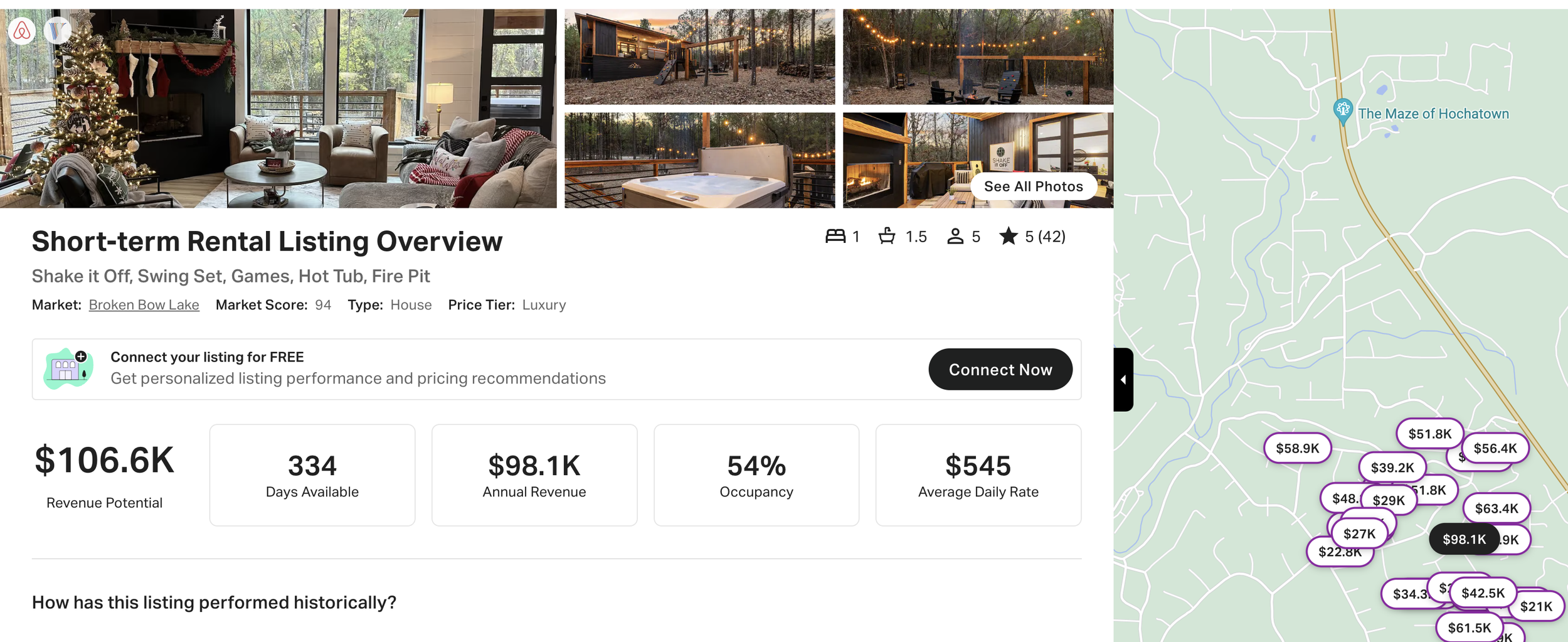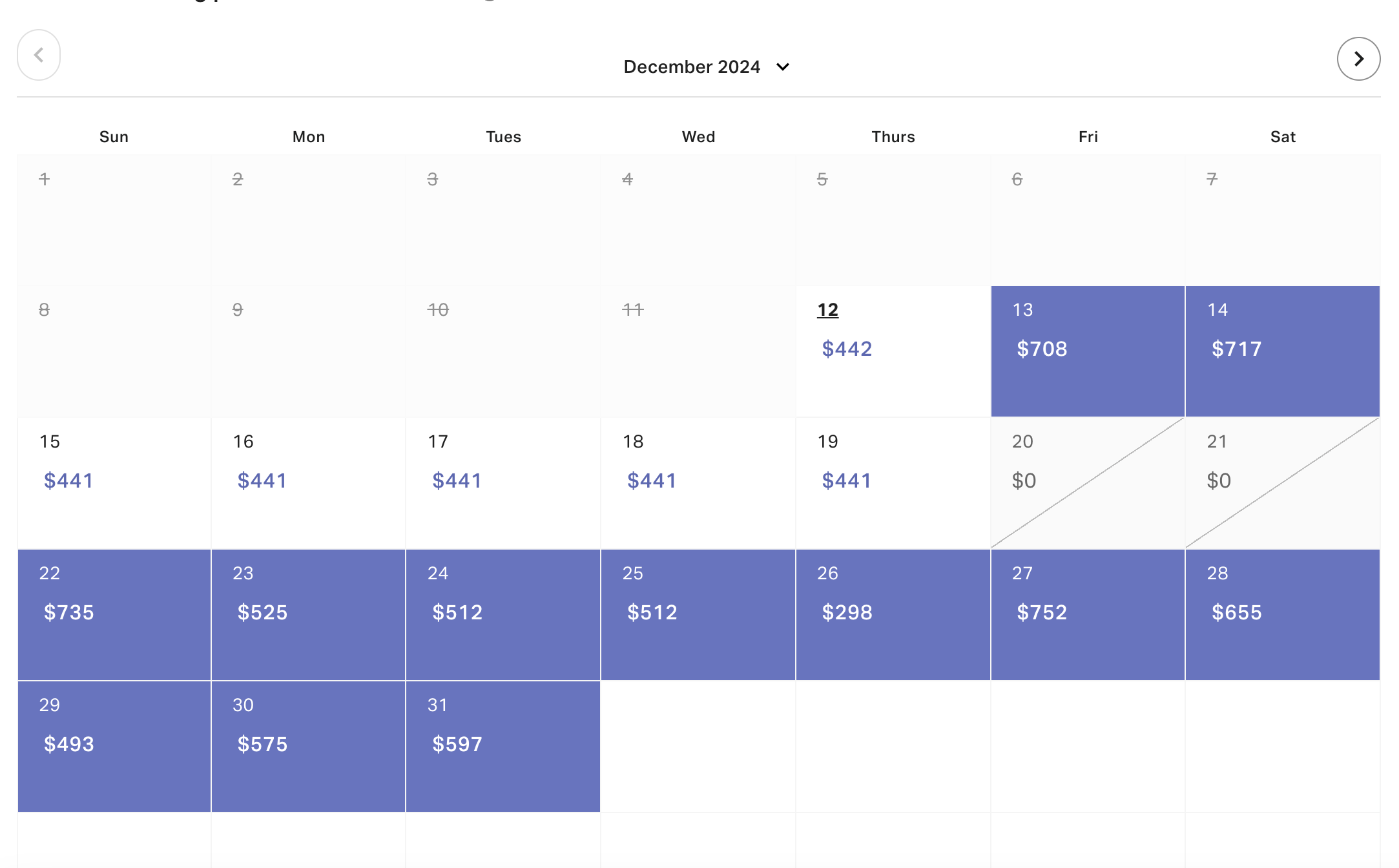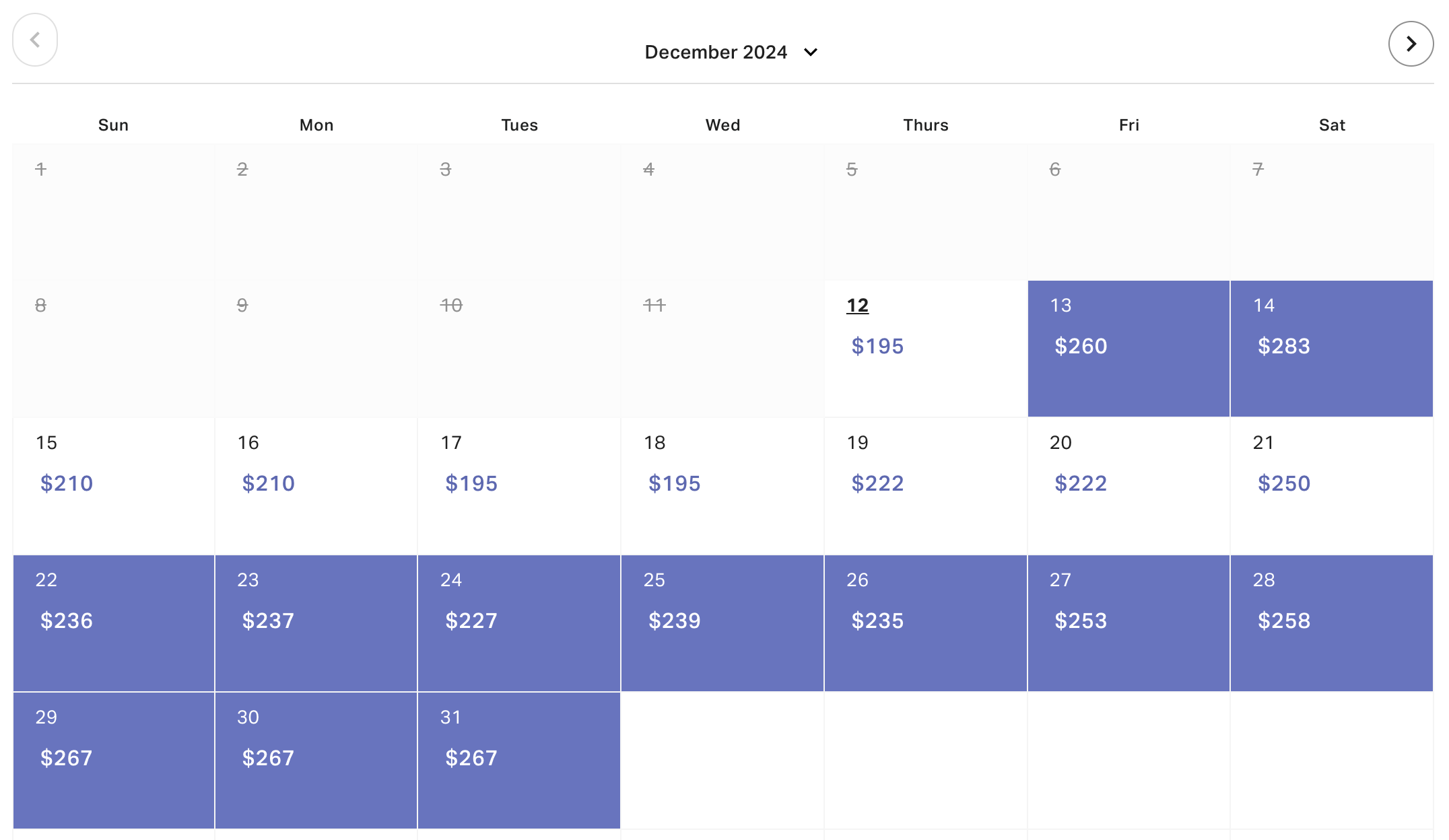The Rise of Digital Nomad Housing: Catering to Remote Workers
The rise of digital nomadism has significantly impacted the real estate market, particularly in the demand for flexible and work-friendly rental properties. As more professionals embrace the freedom to work remotely, cities and towns are adapting to meet their unique needs. This article explores the growing demand for housing that caters to digital nomads and how real estate markets are evolving to accommodate this trend.
The Rise of Digital Nomad Housing
1. Increased Demand for Flexible Rentals
Digital nomads prefer flexible living arrangements over traditional long-term leases. This has led to a surge in demand for short-term rentals, co-living spaces, and furnished apartments that offer month-to-month lease terms or subletting options.
2. Key Features of Digital Nomad Housing
Properties that cater to digital nomads typically include:
Fully Furnished Units: Complete with quality workspaces, reliable internet, and essential amenities.
Community-Focused Spaces: Co-living arrangements with shared amenities like coworking spaces, kitchens, and social areas.
Access to Nature and Wellness: Green spaces and wellness-focused amenities are increasingly sought after.
3. Shift in Geographic Demand
While urban centers remain popular, many digital nomads are also drawn to suburban or rural areas offering a quieter environment, larger spaces, and more affordable rent. Cities like Chiang Mai, Mexico City, and Lisbon have become hubs for digital nomads due to their affordability and vibrant lifestyles.
Trends in Digital Nomad Housing
Co-Living Spaces: These community-focused properties are on the rise, providing private living spaces alongside shared amenities.
Mixed-Use Developments: Combining residential, commercial, and co-working spaces in one building is becoming more common.
Virtual Tours and Digital Transactions: The use of technology to facilitate property viewings and transactions is increasing.
Impact on Real Estate Markets
The influx of digital nomads has led to increased demand for specific types of housing, driving up property prices in popular destinations and raising concerns about gentrification. However, this trend also presents opportunities for real estate developers to create innovative, flexible living spaces that cater to the needs of remote workers.
The rise of digital nomad housing reflects a broader shift in how people live and work. As more individuals embrace remote work, real estate markets are evolving to provide flexible, work-friendly properties that meet their needs. This trend offers both challenges and opportunities for real estate professionals and local communities.
FAQs
Q: What type of housing do digital nomads typically seek?
A: Digital nomads often prefer short-term rentals, co-living spaces, and furnished apartments with flexible lease terms.
Q: How are real estate markets adapting to digital nomads?
A: Markets are shifting towards more flexible living arrangements, including co-living spaces and mixed-use developments that combine residential and co-working areas.
Q: What are the key amenities for digital nomad housing?
A: Essential amenities include reliable internet, quality workspaces, and access to community-focused spaces like coworking areas and social amenities.
Q: How does the digital nomad trend affect local property prices?
A: Increased demand from digital nomads can drive up property prices, impacting affordability for local residents and sometimes leading to gentrification concerns.







